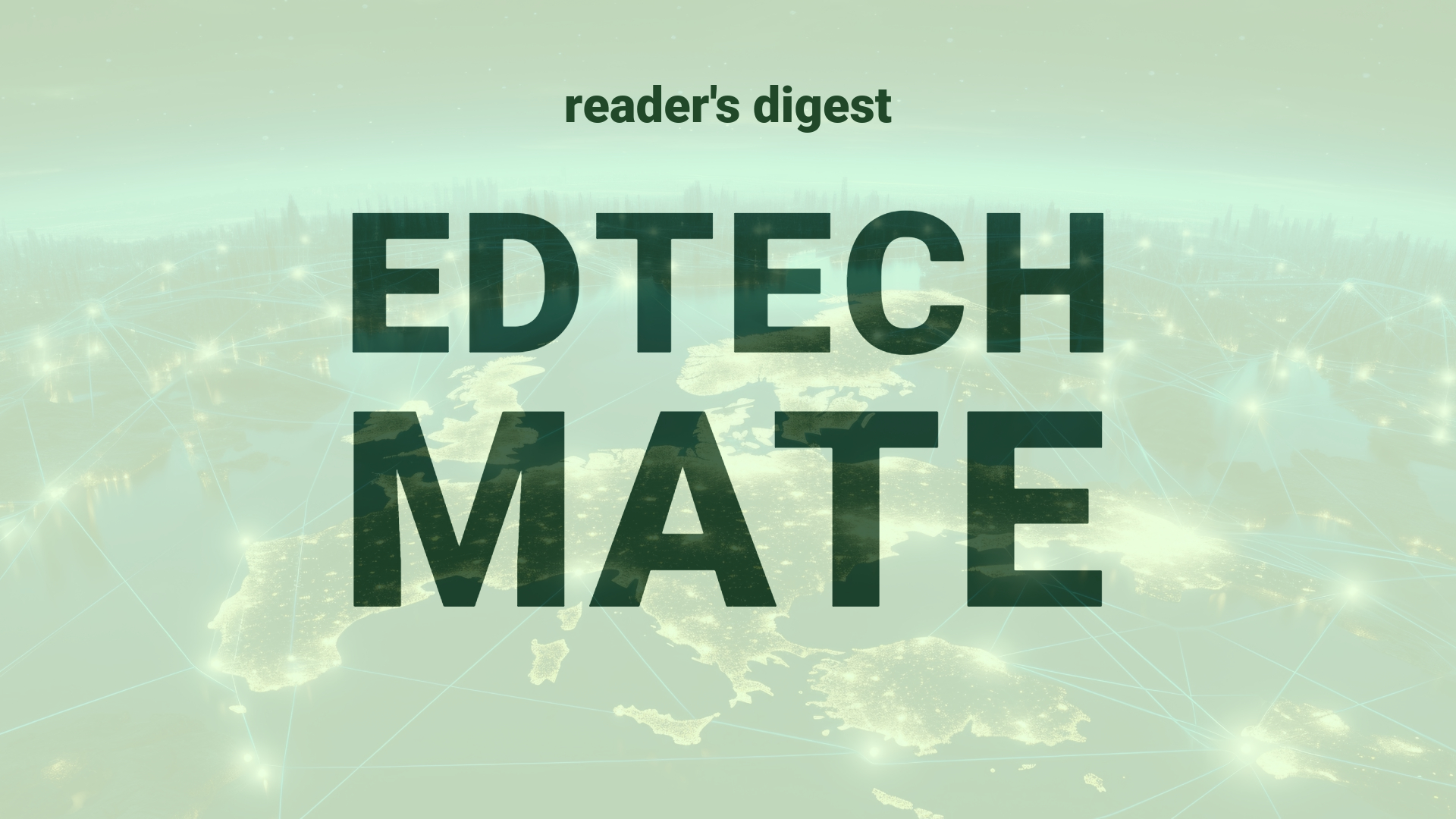Executive Summary and Main Points
In the evolving landscape of AI, architects and developers are confronted with a pivotal decision: whether to construct proprietary Large Language Models (LLMs) or leverage pre-existing foundational models (FMs). The conversation, led by industry experts David Blank-Edelman, Uli Homann, and Eric Charran, ventures into the intricate process of selecting an LLM partner, considering aspects like model efficacy, ROI, and the swift commoditization of AI technologies. Key criteria for choosing between innumerable LLM offerings—such as alignment with organizational needs, ethical AI frameworks, and a robust open-source support infrastructure—are fundamental to this deliberation.
Potential Impact in the Education Sector
The proliferation of LLMs could profoundly transform Further Education, Higher Education, and Micro-credentials. The strategic selection of LLM partners can aid educational institutions in tailoring AI solutions to enhance learning experiences and operational efficiency while adhering to ethical standards. The integration of AI models with proprietary educational datasets can result in highly customized and adaptive learning platforms, potentially catalyzing strategic partnerships between education providers and AI developers, with consequences for digitalization initiatives and curriculum development.
Potential Applicability in the Education Sector
Within global education systems, AI and digital tools offer avant-garde applications, such as personalized learning paths, automated grading systems, and natural language processing for language learning. AI models can provide insights for curriculum improvement based on real-time data analysis and improve the scalability of higher education by offering virtual assistants for student support. Additionally, the use of AI-powered analytics can facilitate the development of micro-credentials that respond dynamically to labor market needs.
Criticism and Potential Shortfalls
Despite the promise of AI in education, criticisms remain regarding the transparency, trustworthiness, and ethical considerations of AI models. Real-world examples from comparative international case studies highlight issues of data privacy, model bias, and unequal access to AI resources. Additionally, without stringent ethical guidelines, the use of AI in education could perpetuate existing disparities and introduce new biases, underscoring the need for a balanced and conscientious approach to AI integration.
Actionable Recommendations
In light of these dynamics, it is plausible to recommend that international education leadership conduct comprehensive needs assessments before adopting AI technologies. Collaboration with AI experts and ethical committees during the technology integration phase will be essential. Furthermore, investing in professional development for educators to effectively manage and integrate AI tools will be crucial. Developing partnerships with AI organizations that provide transparent model governance and a track record of ethical AI practices will ensure that technology serves to augment rather than diminish educational quality and accessibility.
Source article: https://techcommunity.microsoft.com/t5/azure-architecture-blog/armchair-architects-how-to-choose-a-llm-partner-for-your-ai/ba-p/4119099

